- All
- Aflatoxin Reduction
- DNA Conservation
- Drying Chili
- Drying Flowers
- Drying Herbs
- Drying Seeds
- Food Storage
- Heating
- Pest Control
- Purifying Oil
- Seed Storage
- Shrimp Drying
Heating Water
Heating
The absorption of water by the drying beads is an exothermic reaction; this means that energy will be released when the beads absorb water, resulting in a heating effect caused by the water absorption. The easiest way to demonstrate this is to spray water over completely dry beads and measure the temperature in the bead sample. During previous tests we have recorded a temperature of more than 160˚C resulting solely from adding water to dry beads. Care should be taken, therefore, not bring dry beads into direct contact with liquid water without preparation for the consequent heating. In this case we will go one step further and demonstrate the possible use of the drying beads for heating water without any external heat source. We will take a 1 liter sample of very dry beads and add water in a slow but constant manner. Embedded within these beads we will have a small vessel of water that will be heated due to the heat generated by the beads. The uses of this phenomenon can be multiple, from heating water for coffee or tea for campers up to heating devices for extra cold areas. Beads could be used in relief packages or to heat food in areas hit by disasters. It could comfort travelers and so much more.
Seed Drying – Small Scale
Drying Seeds
Drying Beads can be used as a direct method to reduce the seed moisture level. This system is mobile, safe and extremely efficient. It does not need major investments or infrastructure. This concept can bring practical drying to small-holder farmers worldwide. The aim is to provide these farmers a seed drying and storage system that is cheap, robust and reliable to decrease losses due to poor drying or storage and thus increase their revenues. Seeds stored under high humidity conditions lose their vigor and even their germination capabilities fast. They become more vulnerable for diseases and insects and because their growth is slower, they get more competition from weeds. The ability to dry these seeds and store them in low moisture content conditions (6 to 7% SMC with ambient temperature approximately 25˚C) enables farmers to start a new season with viable, vigorous seeds.
Seed Storage with DrumDry principle
Seed Storage
Seed moisture content will come to equilibrium with the relative humidity (RH) of their environment. This is the reason why when seeds are dried and stored out in the open, they will reabsorb water until they reach equilibrium. Unfortunately, this equilibrium moisture content in most environments is too high for proper seed storage. For example, rice seeds reach equilibrium at 13.3% seed moisture content when stored in an environment of 30˚C and an RH of 80%, not uncommon in many Asian countries. Under these conditions, high quality seeds (99% viability) will drop to 25% viability after only 120 days. (Calculated at the KEW Seed Information Database website, using the Ellis & Roberts equation). Therefore, seeds should be dried and stored in containers that are hermetically closed and that thus can maintain a low RH. Sealed and vacuum-sealed bags are of course ideal, but are often not available. Therefore we designed a system that not only keeps the seeds in a sealed condition, but also can alert the owner when something is going wrong. These DrumDry vessels can be used to dry and store seeds under these almost optimal conditions, and display RH values for monitoring of seed moisture content inside the drum.
Drying Chili
Drying Chili
Chili is a major ingredient in the Asian kitchen and many dishes are unthinkable without the flavor of the added chilies. Chilies are often sun dried, but during this drying the chilies are losing some of their desirable qualities, including color and some of their capsaicinoids (hotness). Moreover, during slow drying they can get infected by fungi and bacteria and rodents can contaminate these products. We can dry chilies faster, better and further by using drying beads. The chilies will be in a closed environment free from any pests and diseases. The chilies are dried to low moisture contents while maintaining their color and flavors. To illustrate, we dried chilies the classical way (sun/shade drying) versus drying with drying beads. The results were stunning, bead dried chilies maintained their color and their flavor (except for some volatile parts) and were free of infections and fungal growth. The obtained chilies were crispy and easy to apply in different dishes or to transform into chili powders.
Drying Herbs
Drying Herbs
Not only spices but also herbs can be dried quickly and efficiently while maintaining most of their flavors and qualities. The extreme drying makes the leaves brittle and easy to process, and the drying is homogeneous and independent of the weather conditions. The drying beads make it easy to dry in a closed system, and independent from the weather conditions, and all this without major investment or infrastructure. For herbs, harvesting time is often when the plants are lush and green, often during the months with the highest rainfall. And the temperature combined with the high relative humidity makes the disease and insect pressure difficult to control. The ease of use makes this drying technology the perfect tool for cooks, small companies or even big, high-tech installations. These beads increase the value of the end product and add a multitude of new possibilities to the whole industry.
Drying flowers: roses
Drying Flowers
“I know a bank where the wild thyme blows, where oxlips and the nodding violet grows, quite over-canopied with luscious woodbine, with sweet musk-roses and with eglantine.” — William Shakespeare, A Midsummer Night’s Dream. Flowers have always made a huge impression on mankind. They are used to express our feelings, our gratitude and our love. They make us dream and be happy. But unfortunately they are very vulnerable and they fade away… much too soon. We always have tried to keep these fragile memories alive and, besides paintings and photographs, we use herbariums and have tried to preserve the beauty of these flowers. But when we dry flowers they become grey, with the smell of aging and decay. We tried to use drying beads for preserving the beauty of these flowers, and we succeeded partially. We can keep the colors much more than when dried ordinarily, and we keep the bloomy fragrance better than before, but a dried flower will never really replace a fresh one. Dried flowers, however, keep our memories of those special moments alive. The drying beads work well to dry flowers and add another option in keeping our sweet memories fresh.
Pest Control
Pest Control
“The degree and extent of post-harvest losses, and particularly those caused by insects, has been the subject of considerable debate and speculation. With an increasing world population to feed it is often suggested that a reduction of such losses can lead to substantial increases in food availability, particularly in the developing world. Figures commonly quoted to support loss reduction programmes have ranged from the oft quoted figure of 10% for world-wide losses of cereals in storage to, for example 35% for grain losses in India and 46% for losses of sorghum in Nigeria…” —From RA Boxall – Post-harvest Losses to Insects – a World Overview. Proper storage can reduce considerably the damage caused by insects. Insects can only flourish above a minimum RH. Storing seeds (or other products) in a RH lower than this threshold will ensure that any insects present are unable to grow or reproduce. The problem, however, was how to produce these low RH environments in an efficient and cost-effective way. Most desiccants are unable to reduce the RH sufficiently and other methods are often expensive in infrastructure investments and running costs. Trials performed by Dr. Prof Kunusoth at ANGRAU University, Hyderabad, India, with the support from USAID HortCRSP have shown that the drying beads provide a simple but efficient way to reduce the air humidity sufficiently low to eliminate insect damage.
Peanuts and mold development (aflatoxin reduction)
Aflatoxin Reduction
Aflatoxins are naturally occurring mycotoxins that are produced by many species of Aspergillus, a fungus, the most notable ones being Aspergillus flavus and Aspergillus parasiticus. Aflatoxins are toxic and among the most carcinogenic substances known. Aflatoxin-producing members of Aspergillus are common and widespread in nature. They can colonize and contaminate grain before harvest or during storage. Host crops are particularly susceptible to infection by Aspergillus following prolonged exposure to a high-humidity environment, or damage from stressful conditions such as drought, a condition that lowers the barrier to entry. The native habitat of Aspergillus is in soil, decaying vegetation, hay, and grains undergoing microbiological deterioration and it invades all types of organic substrates whenever conditions are favorable for its growth. Favorable conditions include high moisture content (at least 7%) and warm temperature. The toxin can also be found in the milk of animals that are fed contaminated feed. International sources of commercial peanut butter, cooking oils (i.e. olive oil, etc.), and cosmetics have been identified as contaminated with aflatoxin. Mold needs a relative humidity of at least 65% RH to grow. Proper drying and storage can therefore reduce and stop the mold growth. This would at the same time reduce the potential for aflatoxin production. In this test we will demonstrate that the mold growth is completely absent when wet peanuts are stored with the drying beads while classic stored peanuts become completely moldy, suggesting that – when the Aspergillus species are present – aflatoxins would be produced.
Shrimp Drying
Shrimp Drying
Drying shrimps is a very common activity in Asia. These dried shrimps provide the base for many pastes and the key ingredient in the best soups. However, many of these shrimps are dried in the sun and are attractive for flies and other insects. We dried shrimps using our drying beads and the results were astonishing. Not only did we eliminate the problem with the flies and insects, but we obtained a much drier, easier to use, tasty and colorful product. While we have not (yet) tried to use drying beads for drying other products, we believe that also fish (another major food product that is often dried before consumption) would give major advantages. The drying technology can easily be implemented in rural areas, and could increase the standard of many households. Their products would be free of insect and fly contamination and of a higher quality level. This would give the producers a more valuable product within Thailand, but as well for export purposes.
Food Storage
Food Storage
Food chips are known to absorb high amounts of processing oil that may undergo oxidation and hydrolysis during storage, depending on packaging and storage temperature. These changes may, however, have profound effects and impact negatively on product acceptability. This study was therefore designed to determine changes in the food quality during storage of food chips. The results showed that using drying beads to control the moisture content significantly improved the flavor, aroma and acceptability scores of the crisps. For this study we bought cookies, cereal and many other food items, and stored one part under classical conditions (reclosed the original package with a rubber band) while the other part we stored in a plastic container, where we added drying beads. The plastic container is keeping additional moisture out, while the drying beads are reducing the air humidity inside the container to levels low enough to preserve the quality of the stored chips. There are no doubt numerous food products that would benefit from a proper storage method, including grains and breakfast cereals, cookies, flour and many more.
DNA Conservation
DNA Conservation
One of the challenges is to store DNA samples in such a way that the DNA is not degraded. Today, in many cases the samples are transported and/or stored in dark and cold areas with the addition of silica gel as an absorbent. Dr. Allen Van Deynze, a researcher at the University of California, Davis, was one of the first people who tested the possibility of using Drying Beads for transport and storage of DNA samples. The results were very positive and today many different trials with DNA samples are ongoing. Some first findings are showing us that leaf materials are dried perfectly, so that the degradation is quickly paused. Another advantage we found is that the leaves are very easily crushed, and no liquid nitrogen is needed during the DNA extraction.
Purifying Essential Oils
Purifying Oil
Many small farmers are producing essential plant oils as commercial enterprises. These oils form the base for many perfumes, soaps and toiletries as well as different aroma therapies. And even when the consumer price is quite high, the farmers get only a very small part from it. One of the reasons is that these etheric oils aren’t pure enough; they are contaminated with water and thus receive a low price on the market. We tested using drying beads for drying oils, or in other words for removing the water from (and thus purifying) these etheric oils extracted from plant materials. The principle is easy: we filled a column with active beads and poured the raw etheric oils through this column. The oil will pass through to the bottom of the column, and as it passes by the drying beads on the way the water molecules will be absorbed from the oil. The purified oil can be collected at the base of the column. Because the water content in these oils is relatively low – a column of drying beads (if closed correctly before, during and after use) could be used repeatedly before requiring reactivation through the usual methods.

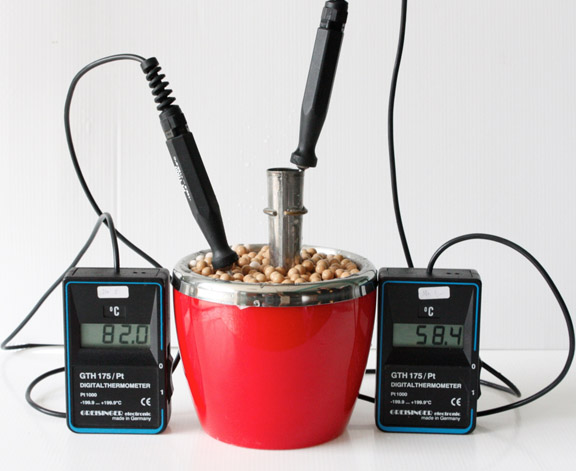
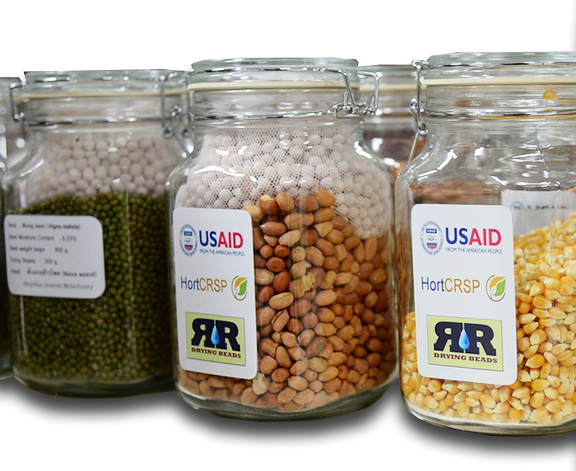
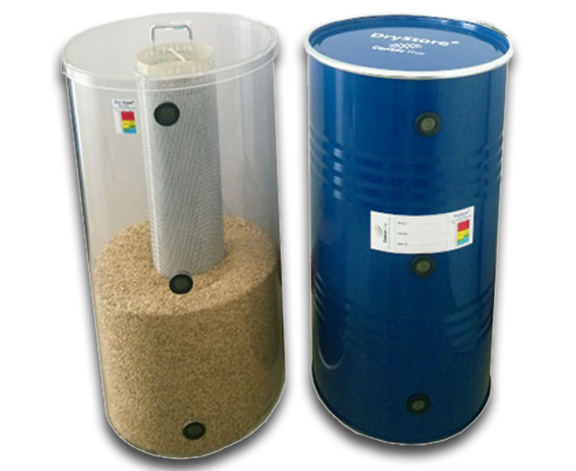
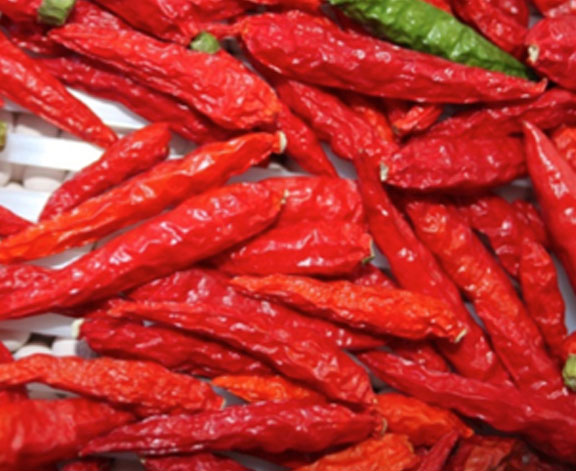
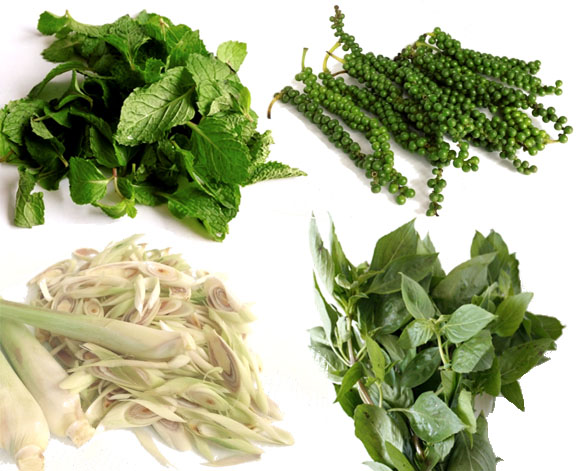

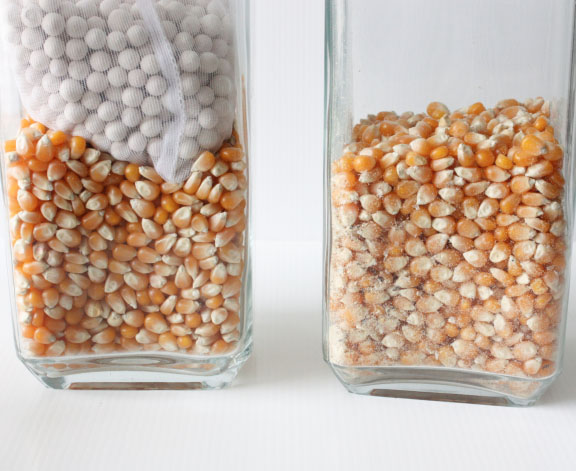
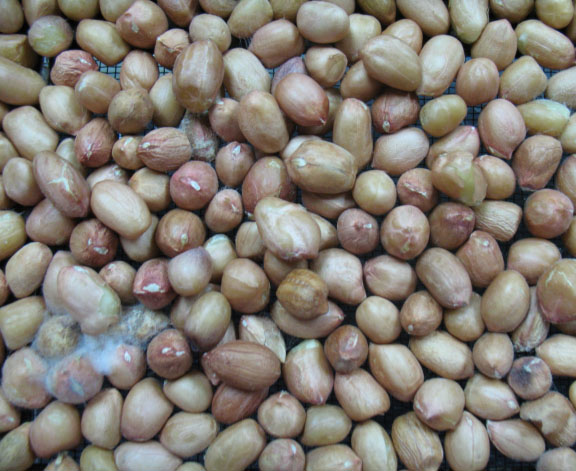
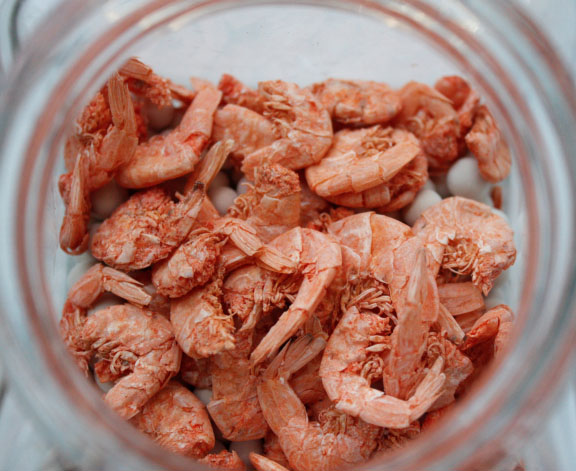
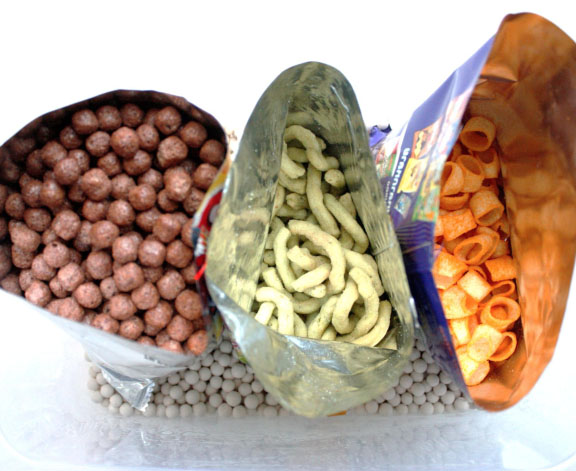
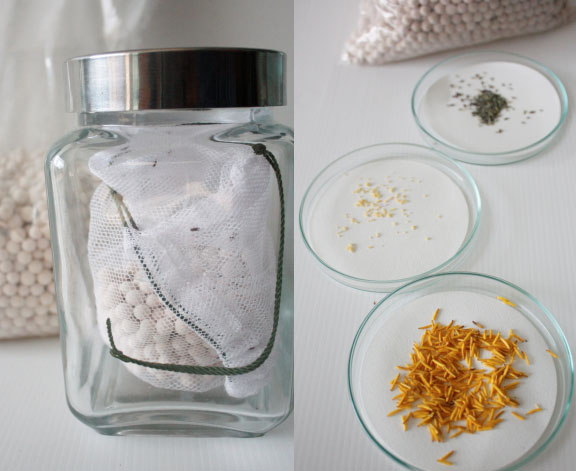
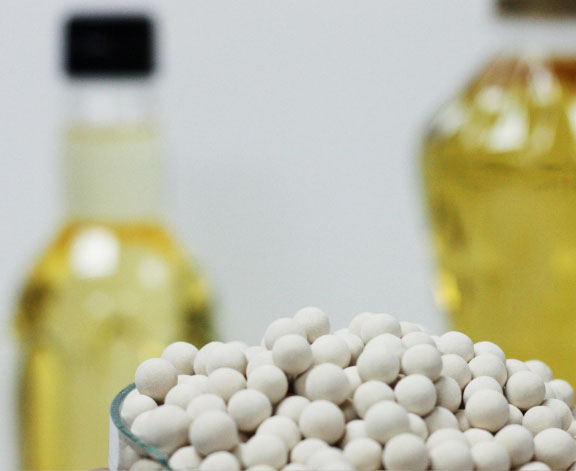
Recent Comments